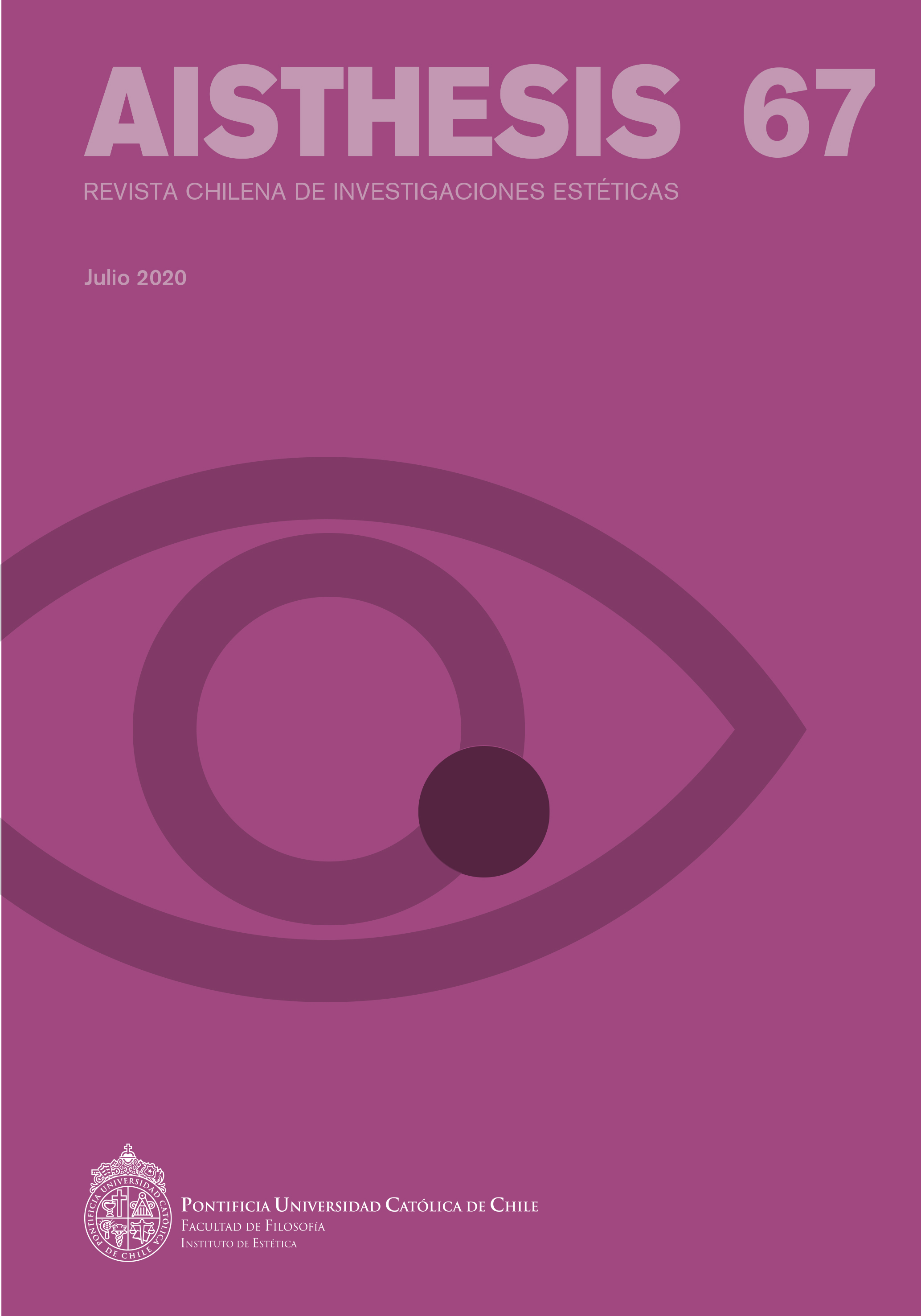Los modos del cine documental. Análisis de tres modelos
Contenido principal del artículo
Resumen
El presente trabajo es un estudio teórico que compara los modos de representación documental proporcionados por Bill Nichols, Michael Renov y John Corner. Estos paradigmas corresponden al auge de los estudios sobre el documental de inicios de los años noventa del siglo veinte y han devenido matrices prominentes a partir de las cuales se reinterpreta la estética fílmica y la historia del documental. La revisión crítica que se propone aquí incluye el análisis de algunos ejemplos puntuales del cine documental cubano producidos por el Instituto Cubano de Arte e Industria Cinematográficos (ICAIC) entre 1959 y 1991. Los tres modelos clasificatorios que se siguen identifican fondos teóricos diferentes sobre el que proyectan la imagen del documental, por esa razón, este estudio defiende la triangulación de sus cuerpos categoriales ante el examen de volúmenes significativos de documentales.
Descargas
Detalles del artículo

Esta obra está bajo una licencia internacional Creative Commons Atribución-NoComercial-CompartirIgual 4.0.
Todos los contenidos de esta edición electrónica se distribuyen bajo licencia Creative Commons de “Atribución-Copartirigual 4.0 Internacional” (CC-BY-SA). Cualquier reproducción total o parcial del material deberá citar su procedencia.
Los derechos de los trabajos académicos publicados en AISTHESIS: Revista Chilena de Investigaciones Estéticas pertenecen a sus autores, quienes otorgan a la Revista la licencia para su uso. La gestión de los permisos y la autorización de publicación de las imágenes (o de cualquier material) que contenga derechos de autor y sus consecuentes derechos de reproducción en esta publicación es de exclusiva responsabilidad de los autores de los artículos.
